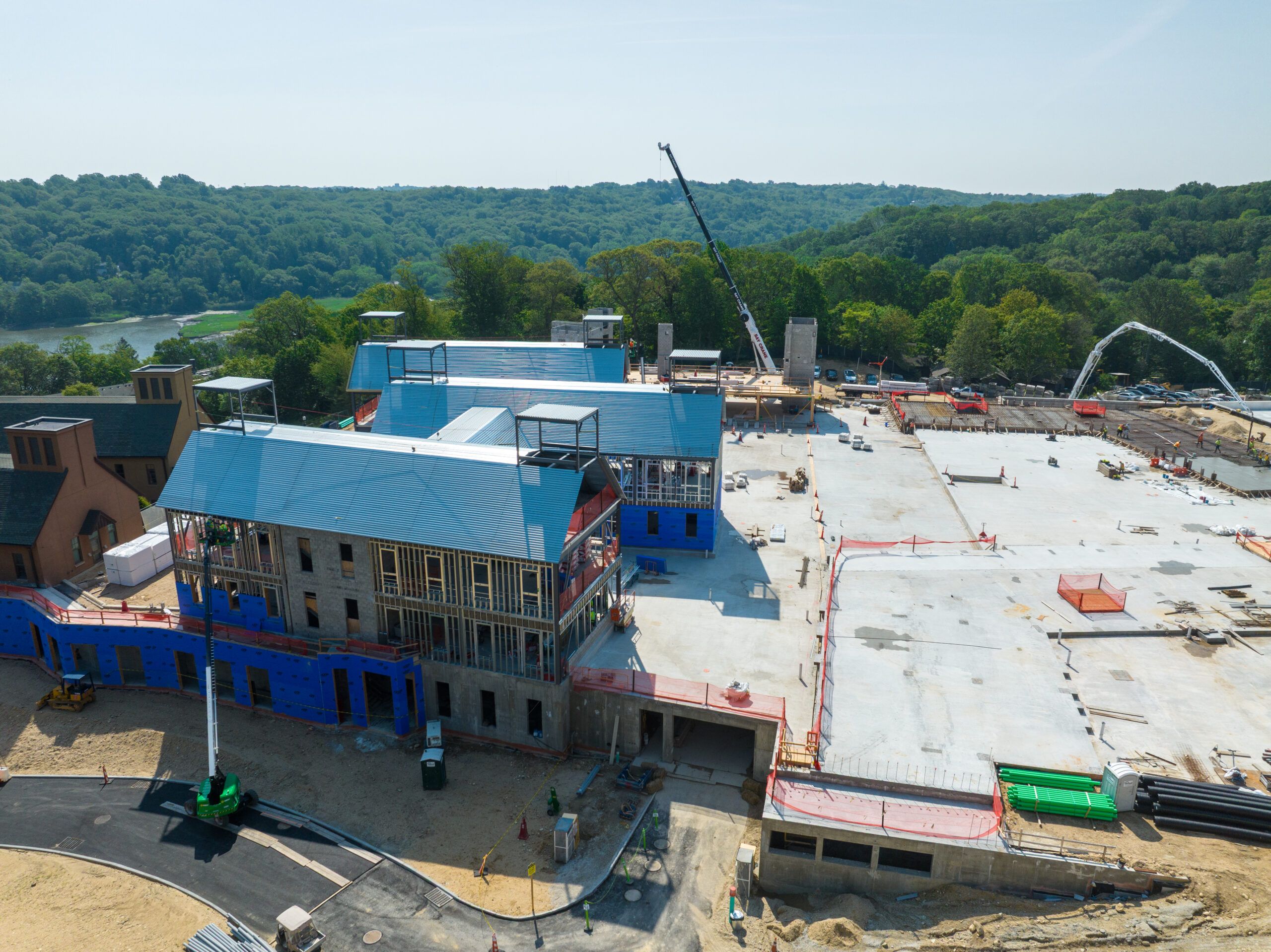Importance of Regular Maintenance
Why bother with maintenance? Well, think of it like this: a little effort now saves a lot of headaches later. Regular upkeep keeps your air operated diaphragm pumps running smoothly and avoids costly breakdowns. It’s all about preventing problems before they even start.
Regular maintenance is crucial for pump longevity. Ignoring it can lead to decreased performance and, eventually, complete failure. This means downtime, repair costs, and potentially replacing the entire pump. Nobody wants that!
Skipping maintenance is like ignoring a small leak in your roof. It might not seem like a big deal at first, but over time, it can cause serious damage. A little attention goes a long way in keeping things in top shape.
Diaphragms
Diaphragms are the heart of the pump. Regular checks can spot wear and tear early. Replacing them on schedule prevents unexpected failures. It’s a simple task that makes a big difference.
Valves
Valves control the flow. Keeping them clean and lubricated ensures proper function. Sticky or clogged valves reduce efficiency and can damage other components. A little cleaning goes a long way.
Air Supply System
The air supply powers the pump. Consistent pressure is key for optimal performance. Check for leaks and blockages regularly. A well-maintained air supply keeps everything running smoothly. Maintenance of the air supply is often overlooked.
Key Components of Air Operated Diaphragm Pumps
An air operated diaphragm pump is a pretty simple machine. It’s got a few key parts that all work together. Understanding these parts is key to keeping your pump running smoothly.
It’s important to know what each part does. This helps with maintenance and troubleshooting.
Knowing the components helps you understand how to fix it.
Diaphragms
Diaphragms are the heart of the air operated diaphragm pump. They flex back and forth to move fluid through the pump.
They’re usually made of rubber or Teflon. Diaphragms wear out over time, so you need to check them regularly.
Diaphragms are critical. If they fail, the pump stops working. Replacing them is a common maintenance task.
Valves
Valves control the direction of fluid flow. They open and close to let fluid in and out.
There are usually ball valves or flap valves. Valves can get clogged or worn, so cleaning and inspection are important.
Proper valve function is essential for efficient pumping.
Air Supply System
The air supply system powers the air operated diaphragm pump. It includes the air compressor, hoses, and regulator.
Make sure the air supply is clean and dry. Proper air pressure is also important for optimal performance.
A well-maintained air supply system ensures reliable pump operation.
Common Maintenance Tasks
Keeping your air operated diaphragm pumps running smoothly involves some regular TLC. It’s not rocket science, but skipping these steps can lead to bigger problems down the road. Think of it like changing the oil in your car – a little effort now saves you from major headaches later.
Inspecting and Replacing Diaphragms
Diaphragms are the heart of these pumps. They flex constantly, so they wear out. Regular inspection is key.
Look for cracks, blisters, or any signs of damage. If you see anything suspicious, replace them immediately. It’s a cheap fix compared to a pump failure.
Replacing diaphragms is straightforward. Just make sure you use the right parts and follow the manufacturer’s instructions. Don’t cheap out on this – quality diaphragms last longer.
Cleaning and Lubricating Valves
Valves control the flow of air and fluid. Over time, they can get gunked up with debris. Dirty valves mean reduced performance.
Take the valves apart and clean them thoroughly. Use a solvent to remove any buildup. Then, lubricate them with a suitable grease. This keeps them moving freely.
Don’t forget to check the valve seats for wear. If they’re damaged, replace them. It’s all about keeping everything in tip-top shape for optimal pump maintenance.
Checking Air Supply and Pressure
The air supply is the pump’s lifeline. If it’s not clean and consistent, the pump won’t work right. Check the air filter regularly. Replace it when it’s dirty.
Make sure the air pressure is within the recommended range. Too low, and the pump will struggle. Too high, and you risk damaging the pump.
Also, inspect the air lines for leaks. Leaks waste energy and reduce pump efficiency. A little attention here goes a long way.
Signs of Wear and Tear
It’s important to catch problems early. Ignoring small issues can lead to big, expensive repairs. Here’s what to watch out for with your air operated diaphragm pumps.
Decreased performance is a key indicator. If the pump isn’t moving fluid like it used to, something is wrong. This could be due to worn components or blockages.
Unusual noises are another red flag. Grinding, squealing, or rattling sounds mean it’s time to investigate. These noises often point to mechanical problems inside the pump.
Inspecting and Replacing Diaphragms
Diaphragms are a critical part of the pump. They’re responsible for moving the fluid. Look for cracks, blisters, or any signs of damage.
If you see any of these, replace the diaphragm immediately. Continuing to use a damaged diaphragm can cause further damage to the pump.
Regular inspection and timely replacement are key. This will keep your pump running efficiently and prevent costly breakdowns.
Cleaning and Lubricating Valves
Valves control the flow of air and fluid. Over time, they can become clogged or worn. This affects pump performance.
Clean the valves regularly to remove any debris. Lubricate them to ensure smooth operation. Use a lubricant recommended by the manufacturer.
Properly maintained valves extend pump life. They also ensure consistent and reliable performance.
Checking Air Supply and Pressure
The air supply is the heart of the pump. Inconsistent air pressure can cause problems. Make sure the air supply is clean and dry.
Check the air pressure regularly. Adjust it to the manufacturer’s specifications. Low pressure can reduce pump output.
Consistent air supply ensures optimal pump operation. It also prevents damage to the pump’s internal components. Regular maintenance is key.
Best Practices for Pump Longevity
To really get the most out of your air operated diaphragm pumps, you need to think long-term. It’s not just about fixing things when they break; it’s about preventing the breaks in the first place. Let’s talk about some best practices.
Think about your pump maintenance schedule. Is it just a checklist you run through, or is it a living document that adapts to your pump’s needs? A good schedule can save you a lot of headaches.
Don’t forget about the manufacturer’s recommendations. They built the thing, so they probably know a thing or two about keeping it running. Following their advice is a smart move.
Conclusion and Final Tips
Wrapping up, keeping your air operated diaphragm pumps in top shape doesn’t have to be a headache. A little regular attention goes a long way.
Final Thoughts on Pump Maintenance
Don’t skip the basics. Regular checks and quick fixes can prevent big problems later. Think of it like this: a stitch in time saves nine, especially when it comes to pump maintenance.
Consistent maintenance is key to pump longevity. Ignoring small issues leads to bigger, more expensive repairs. Stay proactive!
Quick Maintenance Checklist
Here’s a simple checklist to keep your pumps running smoothly:
- Check diaphragms for wear.
- Clean and lubricate valves regularly.
- Monitor air supply and pressure.
Following these steps will help you avoid downtime and keep your operations efficient. Remember, a well-maintained pump is a happy pump!
The Long Game
Think of pump maintenance as an investment, not an expense. It’s about protecting your equipment and ensuring it lasts. By following these guidelines, you’re setting yourself up for long-term success.
Regular maintenance not only extends the life of your pumps but also improves their overall performance. It’s a win-win situation for your operations and your budget.
So, keep those pumps running smoothly, and you’ll be in good shape for years to come.
Wrapping It Up
In conclusion, keeping your pump in good shape is all about sticking to a solid maintenance routine. Regular check-ups and addressing small issues can save you from bigger headaches down the line. Remember, every pump is different, so tailor your maintenance plan to fit your specific needs. Whether you’re checking for leaks, cleaning filters, or just keeping an eye on performance, these simple steps can help your pump last longer and work better. So, take the time to care for your pump, and it will take care of you.











